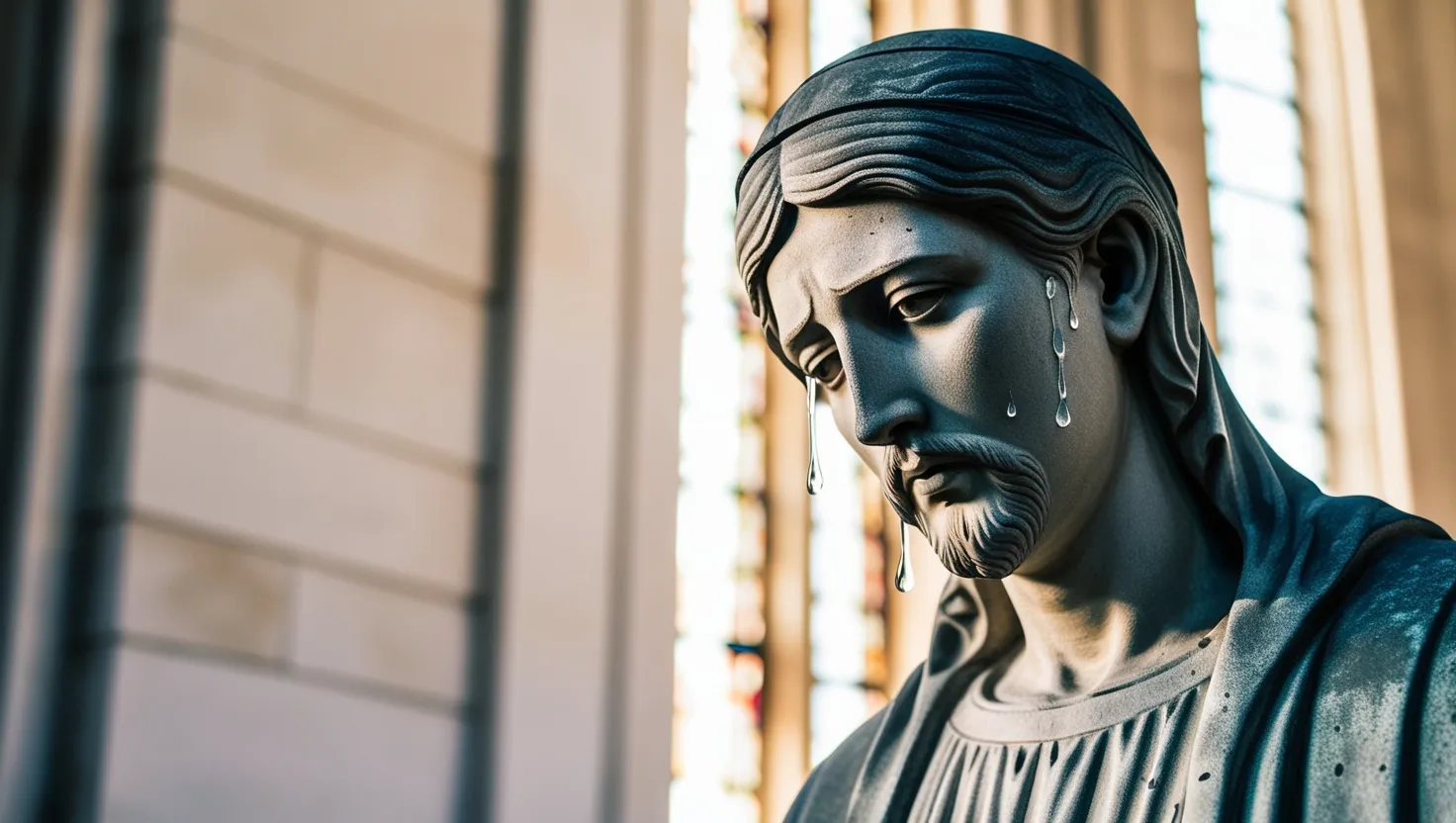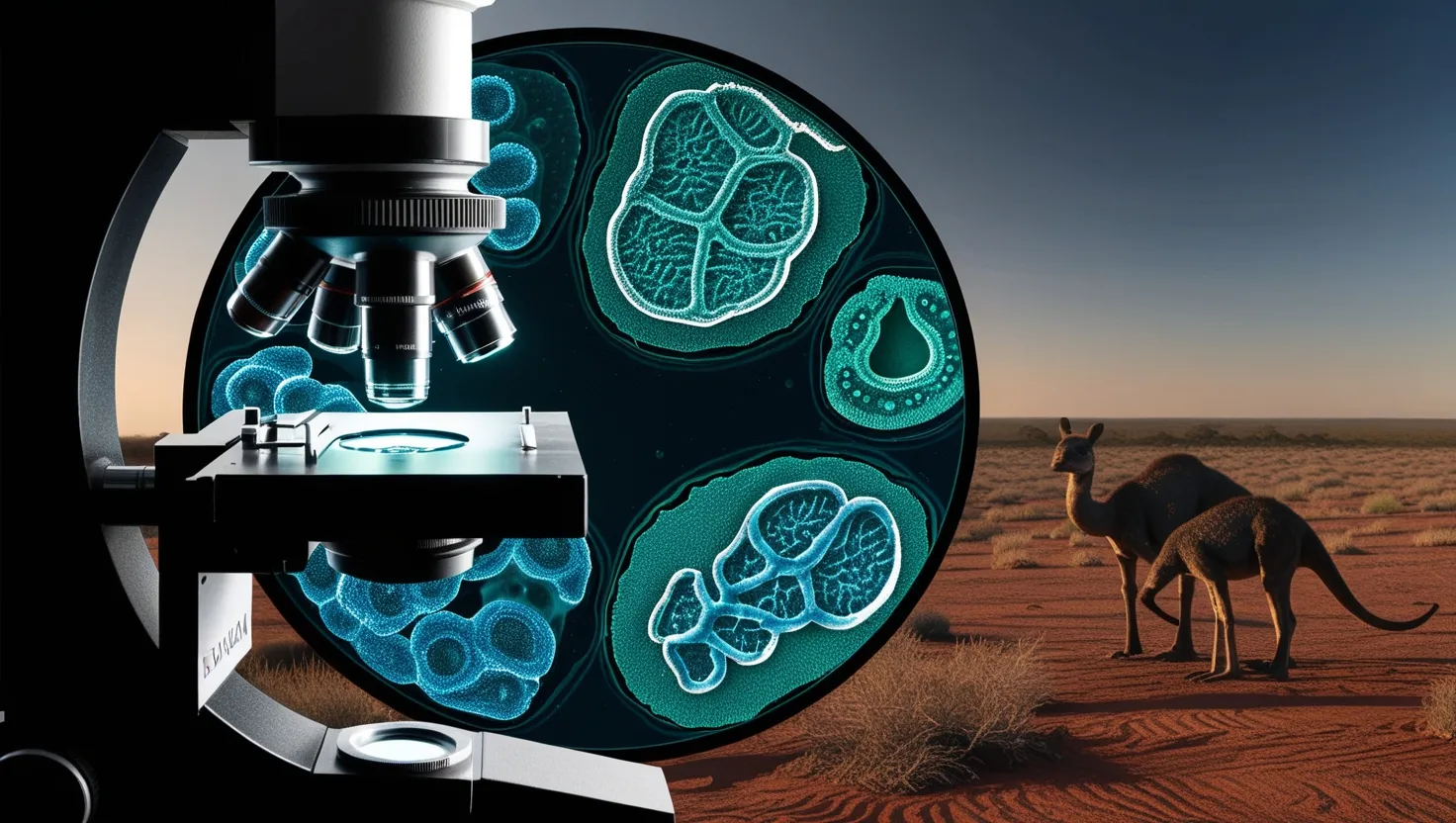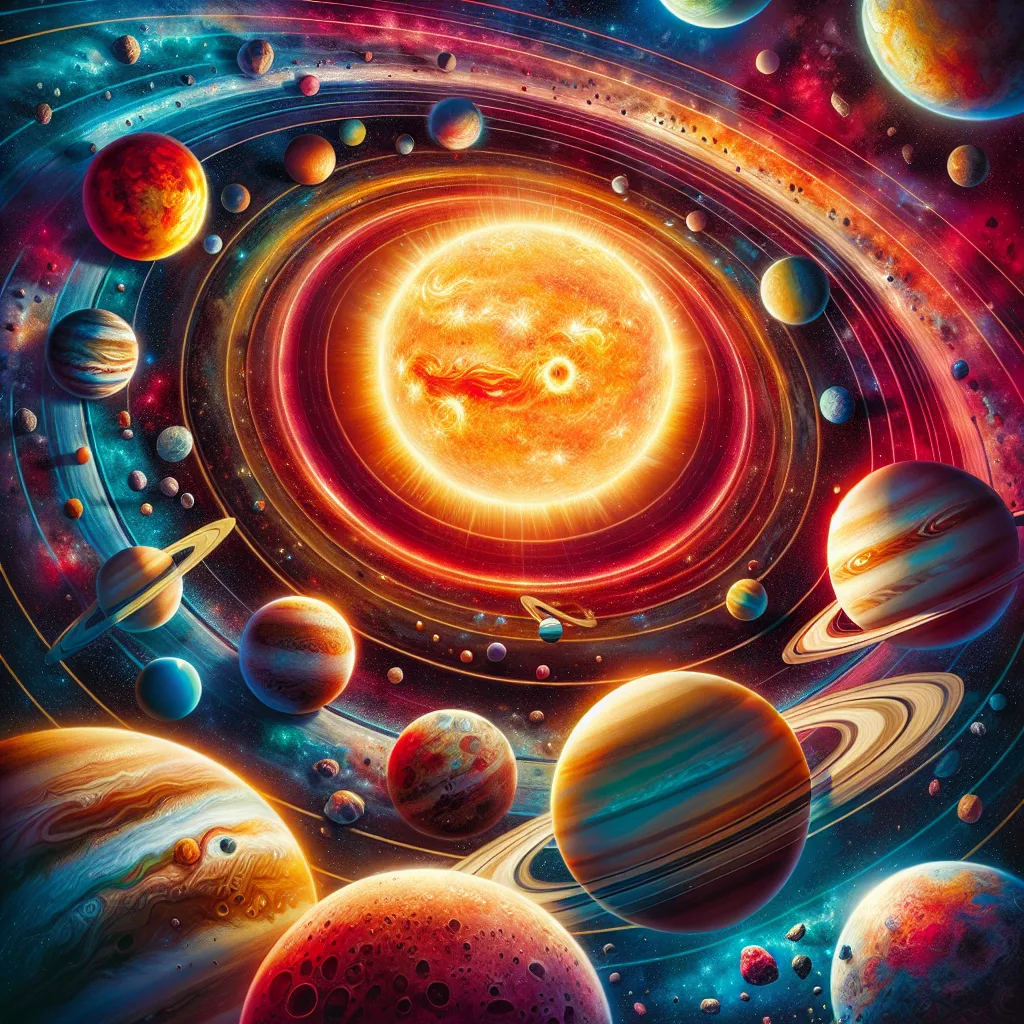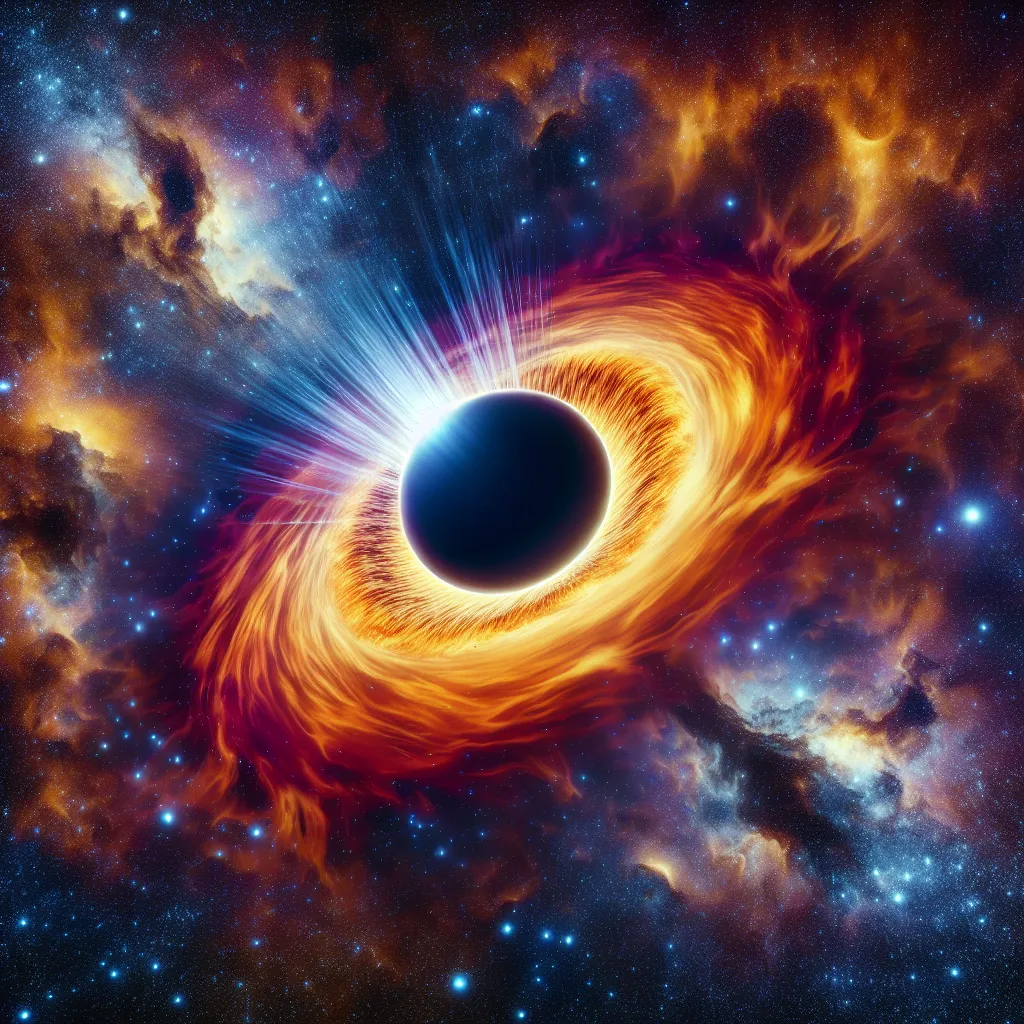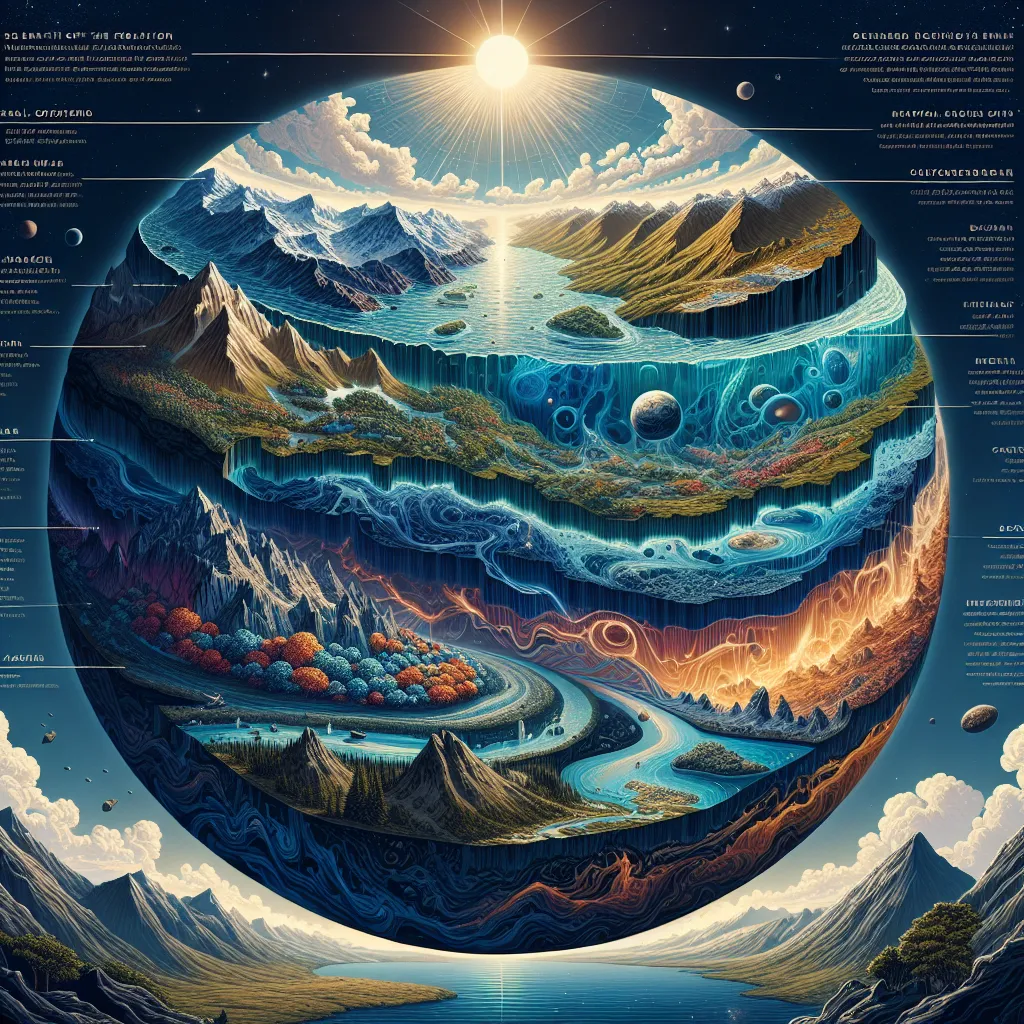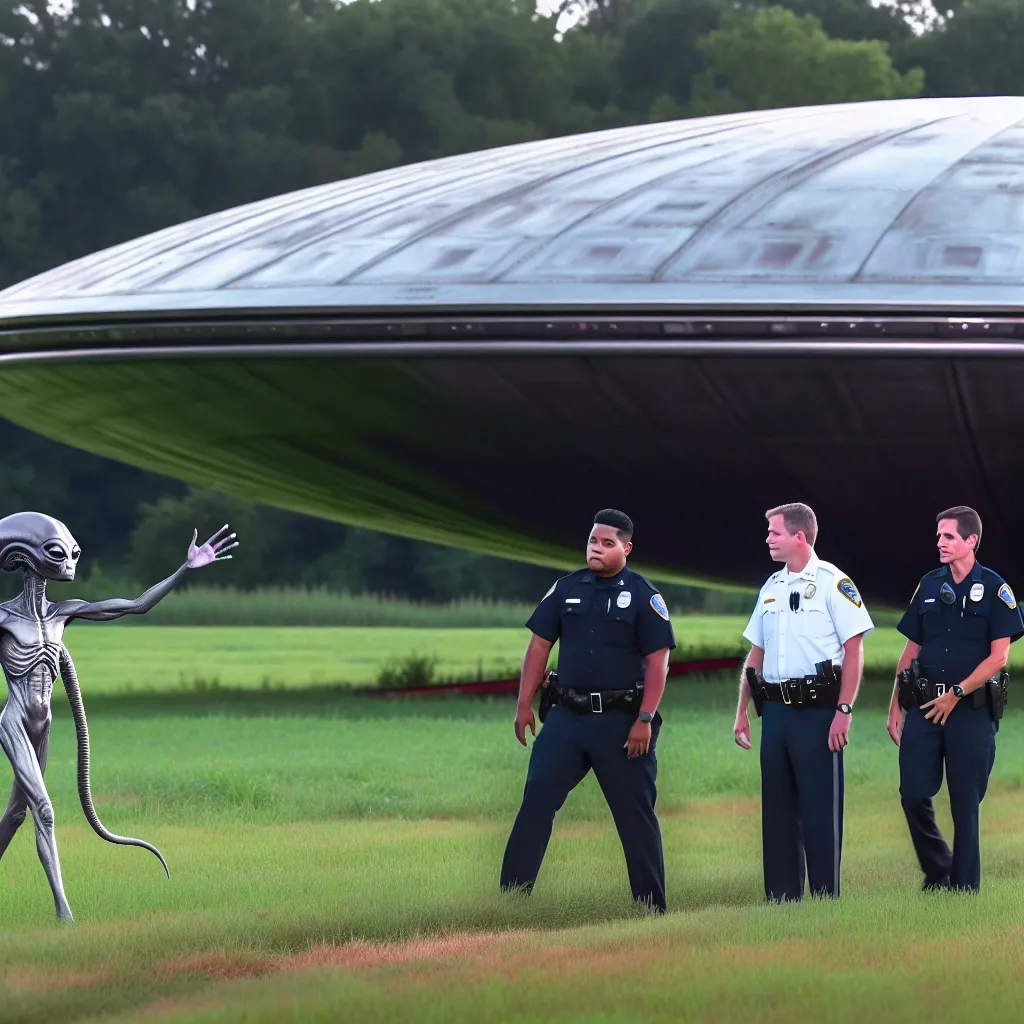Imagine standing before a statue that seems to cry real tears, weep blood, or produce oil that smells like flowers. You might feel wonder, maybe doubt, or even a little fear. I want to show you eight religious statues from around the world that do things science can’t fully explain. We’re not talking about legends whispered in dark corners but about objects tested by experts and witnessed by crowds—skeptics and believers alike. Sometimes these statues show strange signs just for a moment, other times for years. No matter what you believe, these stories raise big questions about what’s possible, and what isn’t.
Let’s start with a simple question: Why do we find statues moving, weeping, or bleeding so unsettling? Is it because they seem to break the rules we trust every day? We expect stone and metal to stay put, to be cold and silent. When they don’t, even the most logical person feels a shiver run down the spine. Throughout history, whenever people felt powerless—during wars, plagues, or disasters—statues with unusual behavior often appeared in the news. Is this just coincidence, or do troubling times lead us to look for signs, for comfort, or for miracles?
“Faith is taking the first step even when you don’t see the whole staircase.”
– Martin Luther King Jr.
There have been hundreds of claims about miraculous statues, but only a few cases stand out with both physical evidence and long-term impact. I’m focusing on eight that don’t just repeat old stories or lean on faith alone. Each one has been tested, debated, or witnessed by people who started as skeptics. Some people left the scene changed forever. Others left more skeptical than before.
One of the most famous weeping statues in recent times comes from Akita, Japan. In the 1970s, a wooden statue of the Virgin Mary in a convent began to ooze what looked like tears from its eyes. Over several years, the statue not only “wept” repeatedly—scientists found the liquid was human tears—but it also “bled” and gave off a sweet-smelling oil that no one could trace to a source. The Catholic Church sent doctors and chemists to test everything. The results said the chemicals matched real tears and blood. Yet, no sign of clever machines or tricks. The nuns living with the statue were as surprised as anyone. Today, visitors still come from all over, hoping to see something for themselves. Is faith making these tears appear, or is it something we just can’t explain with today’s science?
Let’s look at another puzzling case: In the small town of Civitavecchia, Italy, a garden statue of the Virgin Mary caught the world’s eye in 1995. On several occasions, red liquid trickled from the statute’s eyes. Samples tested by police and doctors repeatedly confirmed: real human blood, matching the male owner’s blood type. At first, people assumed a trick or chemical reaction. But after repeated tests and close watch, no hidden pipes or mechanics were found. Even some local priests hesitated to accept the story, but the evidence pointed to something strange happening. Why would a cheap, mass-produced garden statue suddenly do this when thousands of identical statues have never shown a drop of blood?
What about statues moving? One example reported in the 1980s from Ireland featured a roadside Virgin Mary statue. Visitors claimed to see her “sway” or nod gently during visits and prayer sessions. Skeptics watched closely, trying to spot a hoax or crowd phenomenon. Some thought the effect came from light, wind, or simple suggestion. Others—engineers and bystanders—insisted they saw stone shift in ways stone simply cannot. The experience sparked days of public debate about whether the mind can fool the eye, or if something bigger is at play.
“Miracles are not contrary to nature, but only contrary to what we know about nature.”
– Saint Augustine
Do you ever wonder why so many of these cases come from statues of the Virgin Mary? Is it coincidence, cultural expectation, or something about her image that brings out compassion and hope? Sometimes the unexplained is as much about what we want to see as it is about what is actually there.
Not all cases involve water or blood. One statue in Kerala, India, a local image of Christ, was said to produce fragrant oil on its feet during prayer in the 2000s. Scientists ran chemical tests on the oil and checked for pumps, wicks, and pipes. None were found. The oil, analysis revealed, contained many complex elements—some common in flowers, some rare even in expensive perfumes. Locals believed the oil could heal, and many carried away cloths soaked in it.
Let’s shift focus: how about statues that seem to cause electrical effects? In Monroe, Ohio, a giant statue known as “King of Kings”—or, to locals, “Touchdown Jesus” thanks to its pose—suffered a direct hit by lightning in 2010. The lightning destroyed the statue instantly, causing a local debate. Some said it was just an act of nature. Others saw it as a symbolic event. Why would a figure meant to inspire hope become a casualty of the elements? Is this random, or does it become important only because we look for meaning in every strange event?
Sometimes, statues develop unexplained marks or wounds. In Cochabamba, Bolivia, at the Cristo de la Concordia statue, locals once found stains streaking down its surface that looked like blood. Upon close inspection, it wasn’t paint or rust, nor was it caused by seepage from the metal frame. Some treated it as a warning. Others saw it as a call to prayer, or a trick of local weather. Yet, every year, thousands visit just in case they might witness something firsthand.
Why do so many people—educated and uneducated, religious and not—accept these phenomena as real, even when they witness nothing? Would you trust a scientist’s report over your own eyes if you saw a statue cry or bleed? This touches another hard question: When does evidence convince us, and when do we choose to doubt?
“Science without religion is lame, religion without science is blind.”
– Albert Einstein
A less discussed but well-documented event happened in Colombia several years ago, when a local Jesus statue in a church began sweating what people said was rose-scented oil. Analysis found the oil was chemically very close to rare plant oils, but with no apparent reservoir or mechanism. The statue had stood there for decades without incident before this event. When officials blocked access and cleaned the statue, the sweating stopped—until the statue was moved back, when the phenomenon started again.
I think it’s interesting how most tests on these phenomena end not with clear answers, but with more puzzles. Many scientists come out of these investigations puzzled, but not necessarily convinced a miracle has happened. Instead, they often say, “We don’t know.” Is this humility, or is it a sign our tools are simply not ready to answer every question?
Even across faiths, statues behave in odd ways. Buddhist statues in parts of Southeast Asia have been seen “crying” resin or water, sometimes during important festivals. In other cases, the coloration on faces or hands changes, sometimes by the hour. Some monks take this as a sign to meditate or reflect. Others invite scientists to test the statues—an act that surprises many people who think faith and science are always at odds.
“Do not be afraid to wonder; it is the first step to understanding.”
– Aristotle
From outside, it’s easy to say: these cases are mistakes, illusions, or wishful thinking. Some certainly are. There are examples of deliberate trickery, clever engineering, or unexplained leaks. But among the hundreds of reports, those rare few—where liquid tested as blood or tears, where no hidden devices were found, where the events happened under watchful eyes—still resist simple explanation.
Do you wonder, as I do, if someday science will explain every last tear or drop of oil, or if some mysteries will always remain, simply because so much depends on what we’re willing to believe? Maybe, as some philosophers suggest, these unexplained events help us ask better questions about the limits of knowledge, the nature of faith, and what kind of world we really live in.
As odd as it seems, I think stories like these teach us more about ourselves than about stone or wood. Why do crowds flock to a statue that weeps, while thousands of other statues stand silent? What are we really searching for—proof of a higher power, a sign that someone cares, or just a break from the ordinary? I can’t give you the final answer. Maybe nobody can. All I can do is invite you to keep asking questions, to pay close attention, and, above all, to wonder. Isn’t that where the real journey begins?
